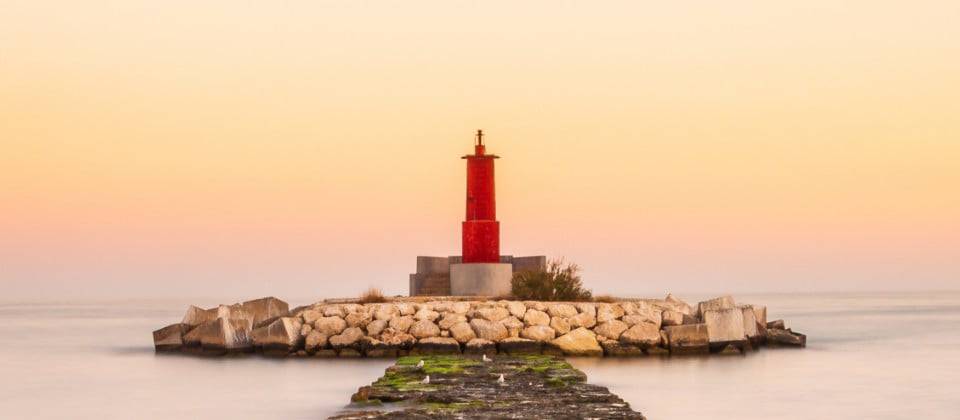10 tips for eating like a local in Spain
6 Jan 2021
Some people fall with their
culo
in the
butter olive oil. The Spanish, for example. As if it were not enough that they can enjoy more than 300 days of sunshine a year at their costas, they also eat like kings every day. Because: what ends up on the table every day in Spain is healthy, endlessly diverse, and above all, very tasty. Some people have all the luck. If you are going to Spain for the first time, for example because you are looking for a second home under the sun, it is a good idea to read the following tips. So you can eat like a local in Spain. Matter of not making a fool of yourself at the table.
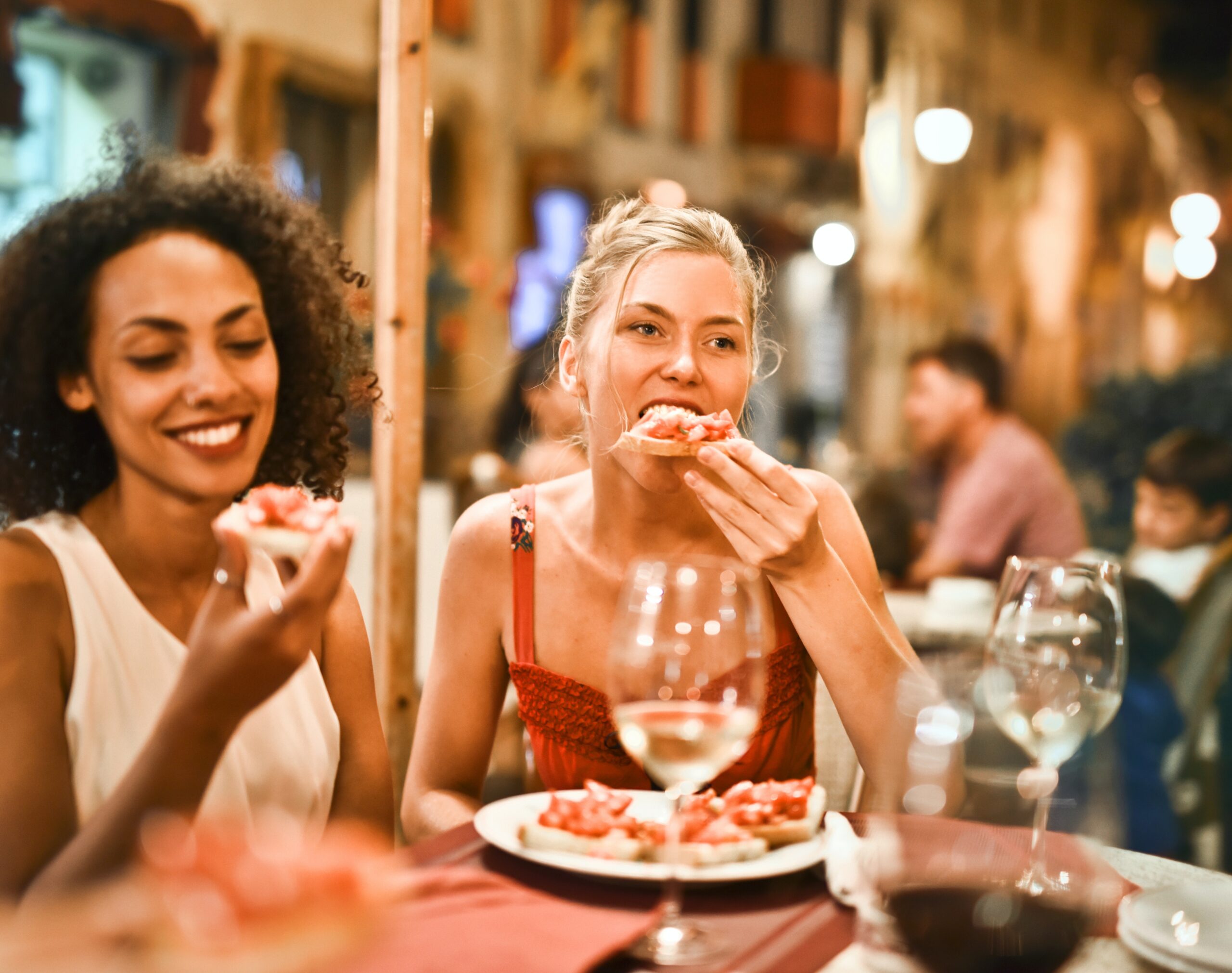
1/ Forget everything you know about eating times
You are used to putting your legs under the table around six in the evening? Get used to the fact that it will be different in Spain. Spaniards have a radically different rhythm than what we are used to in Flanders. Each meal shifts:
-
Breakfast
. Many Spaniards only drink a coffee at home before leaving for work. A sweet bite is also popular. Think doughnuts, glazed croissants or
churros
. Or
tostada con tomate
, a toasted sandwich with olive oil and mashed fresh tomatoes.
-
Second breakfast
.From 10:30 am the breakfast bars open. Around eleven o'clock, many Spaniards flock to it for a slice of tortilla and a coffee.
-
Lunch
. Usually between 2 and 4 pm. This is the most important meal of the day and most Spaniards take their time for it extensively. See also point 3.
-
Merienda
. The Spanish Fourth of July falls at 6 pm. Many Spaniards opt for something sweet -
churros
or
torrijas
, Spanish French toast.
- Dinner. That doesn't appear on the table until 8:30 a.m. at the earliest. For many, even a lot later. Even the earliest birds don't show up at the restaurant until nine o'clock. After the heavy lunch, though, dinner is lighter.
Pro-tip
: Between lunch and dinner, most restaurants go. Those who want to eat like a local in Spain should take this into account. Matter of avoiding a hunger knock at the wrong time. In big cities or tourist areas, there is something to pick up in those middle hours.
2/ Take your time
Food is a state affair in Spain. Over a bowl of steaming soup or a plate of seafood, business is conducted, problems discussed, and social ties strengthened. It is a communal activity, not something you do secretly or on your own. And certainly not something you rush. Ban lightning strikes the spillover who eats his meal at the computer or who quickly crams a sandwich into his mouth.
It is no exception to sit at the table for two hours, especially at lunch. Especially on weekends or vacations, the midday meal can stretch over an entire afternoon. And don't think you can go out of your way as soon as the plates are cleared. No, the
sobremesa
, the talk afterwards,
forms a crucial part of every meal.
No matter if you are eating with friends, family or colleagues: it is a moment to savour. At the risk of sounding like the Bond Without a Name: in our hurried times, this makes for an ideal moment to appreciate life's little pleasures.
3/ Lunch is the most important meal of the day
It is sacrilege not to take lunch seriously in Spain. Courtesy of the menu del dia. Many family restaurants offer this daily special - usually two courses, bread, drink and dessert or coffee - at a razor-sharp price. It is not unusual to pay between 10 and 15 euros for a meal that will ensure that you will not go hungry for the rest of the day. A siesta is then indeed permissible. This is a crucial point for anyone who wants to eat like a local in Spain.

***
Small history lesson
General Franco introduced the menu del dia in the 1960s, when he wanted to tap the economic potential of tourism. With the campaign "Spain is different" he successfully lured tourists. 2.9 million visitors in 1959 became 11.1 million in 1965. For reference, in 2019 it was 83.7 million. Thanks to the
menu del dia
- first called it
menu turistico
- allowed tourists to get to know Spanish cuisine at a small price right down to the smallest village. However, it also struck a chord with Spaniards and in no time grew into a national institution.
***
Nowadays, restaurants and eateries are no longer required to offer a daily special. But because of its great popularity, many operators keep the tradition alive. On any street, you'll bump into a chalkboard displaying the dishes. During the lunch hour, popular lunch chains are packed. Understandably, the menu del dia is an excellent deal: lots of food for little money.
Don't expect fancy fare, just healthy, tasty country food. Usually you choose both starter and main course from a few options. The appetizer is often a plate of vegetables or legumes, after which you can expect fried or grilled meat or fish, soup or a stew. If you still have a little room left in your stomach, you can eat another pudding, flan,
arroz con leche
fruit or ice cream. And if not, there's coffee.
4/ Alcohol? No problem!

A meal, especially in company, begins with an aperitif and ends with a
chupito
, a shot as a digestif. For lunch, that aperitif can be a glass of sweet vermouth, a sherry or a cold lager. With a snack to go with it, some green olives or toasted almonds, it's the perfect time to catch up.
Even on a workday, alcohol at lunch is socially accepted. No cat looks surprised if you resist two glasses of wine or a
caña
, a small pint, opposed with dinner. A cocktail regularly follows dinner. Alcohol is part of the lifestyle. Spaniards like to drink, but rarely booze. The social aspect always takes precedence over alcohol consumption.
Maybe it has to do with the fact that Spain produces so much delicious stuff. Think full-bodied reds or crisp and fruity whites, cava that rivals champagne and lager that pours in smoothly on a hot day. Speaking of which, here it's okay to pour Coca Cola or Sprite with red wine. This is how you obtain Calimocho or Tinto de Verano. After all, eating like a local in Spain also means going on a journey of discovery, with an open mind and receptive taste buds.
5/ Tapas are sacred
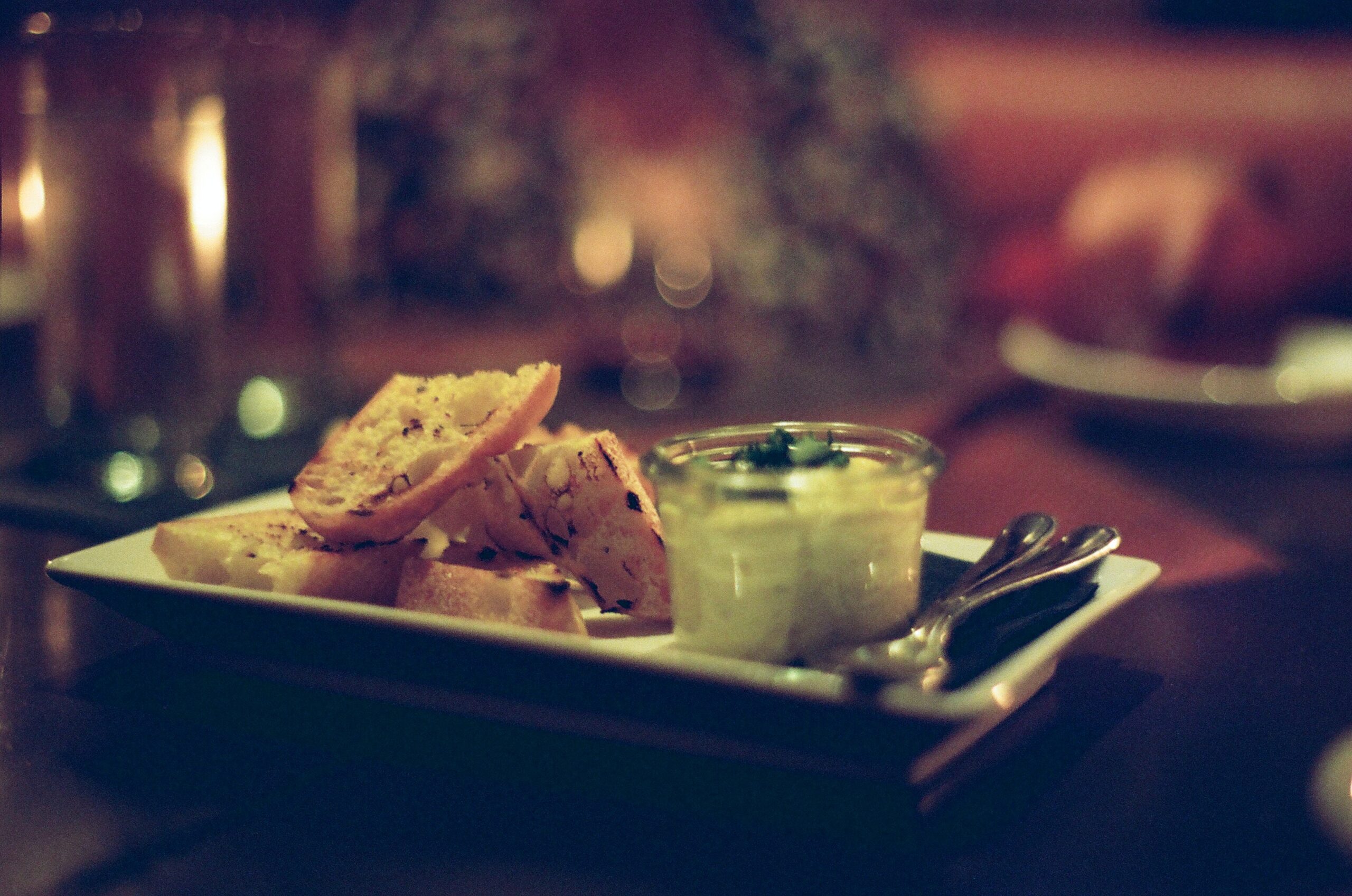
Spain has 260,000 bars and cafes, one for every 175 people. A lot of those bars serve a free snack with a drink, a
tapa
. Reportedly, this tradition came about when customers were tired of flies always ending up in their wine or beer. So the patron gave them hunks of bread with goodies on them so they could cover their glasses with them. The Spanish word "tapa" literally means lid.
Not all bars give free tapas, but a number of them keep the generous tradition alive. Sometimes there is only a jar of chips or some olives to pick up, but in other places you will be served almost a whole meal. Calamari, Manchego cheese, a piece of meat or fish: it's all possible.
A survey found that
these are the five favorite tapas of Spaniards:
- Tortilla
- Patatas bravas
- Jamón serrano
- Croquettes
- Russian salad
6/ The busier, the better
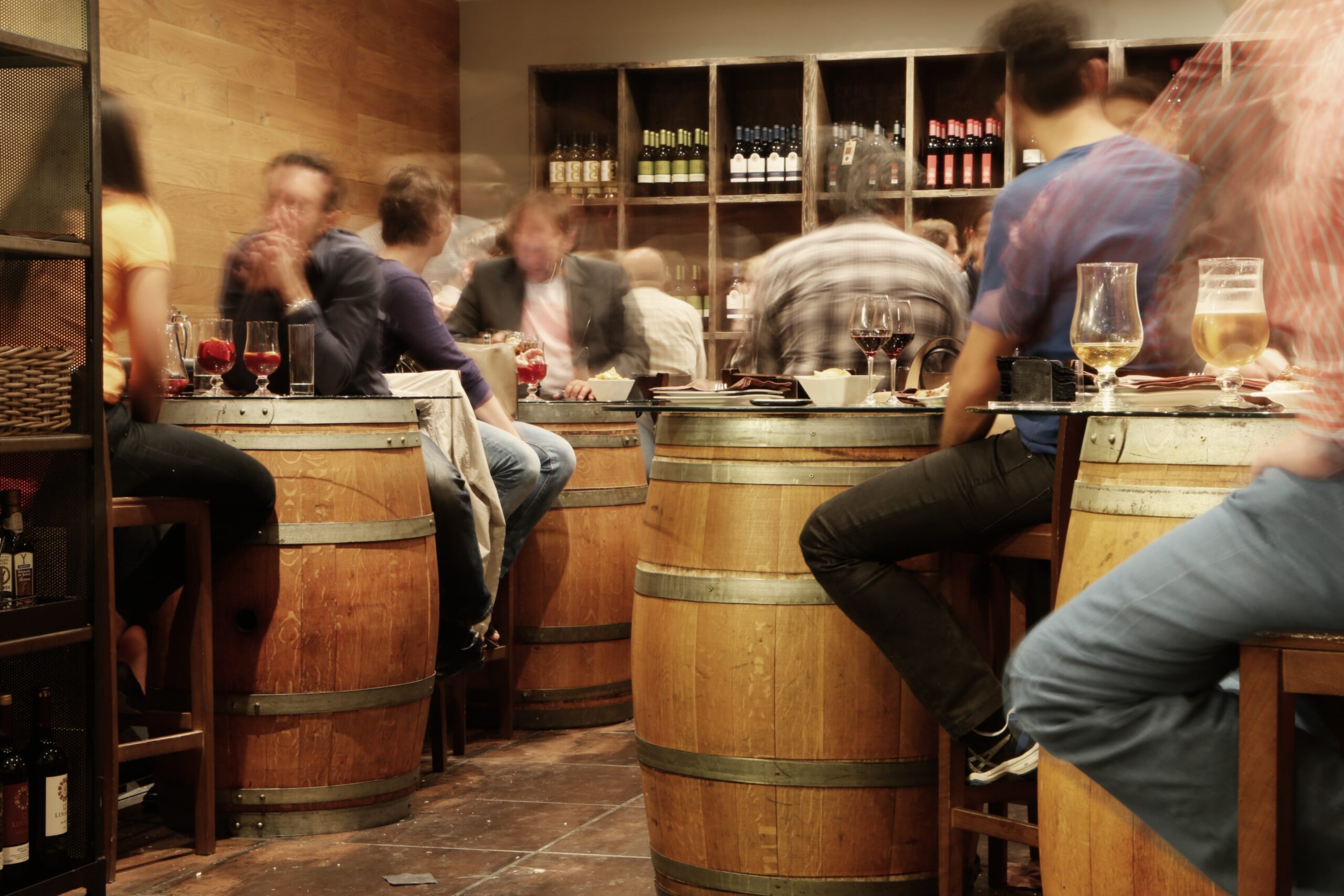
In times of corona, it feels like swearing in church, but hopefully there will soon come a time when this tip becomes relevant again. The best tapas bars are the ones that are filled to the brim, with the condensation on the windows. Elbow your way in, claim a spot of a handkerchief size at the counter and enjoy all the goodies coming your way. Upright, as it should be in a tapas bar.
In this kind of traditional cafe, you throw all the trash on the ground. Kernels from olives, shrimp heads, it all ends up under the stool at the counter. After you've wolfed down a piece of tortilla or some shrimp, you wipe your mouth and toss the napkin on the floor. Don't be ashamed, it's normal. Just look below you, the ground is littered with napkins.
7/ Bread is everywhere
Gluten haters, beware: Spaniards love bread. Every morning they get their sandwich for the day. At every meal, a basket comes to the table, including at restaurants. Ideal for wiping your plate clean
when you've ventured into a stew or a piece of meat with a rich sauce.
That doesn't mean you can top your bread with a thick layer of real farm butter. Butter is not part of the Spanish diet. Don't ask for it at restaurants either, because at best you'll get a serving of wilted margarine. Olive oil is then a better alternative, healthier and local.
8/ Eating outside is an art form
One of the great advantages of the south coast climate: you can eat outside almost in every season. On Spanish streets and squares you will find
terrazas
ideal for lunch or dinner al fresco. Be aware, however, that in some cases you will pay extra for that privileged spot.

On the Spanish south coasts, be sure to try the
chiringuitos
. In these beach bars you can have chilled drinks or seafood all year round - but especially in summer. Some focus more explicitly on tourists. It definitely pays to check out where the locals are going.
9/ Keep that tip in your pocket
Spaniards tip only sporadically and never more than some change. Some say it is because of this that the service in Spain is not always to write home about.
10/ Everyone loves jamón
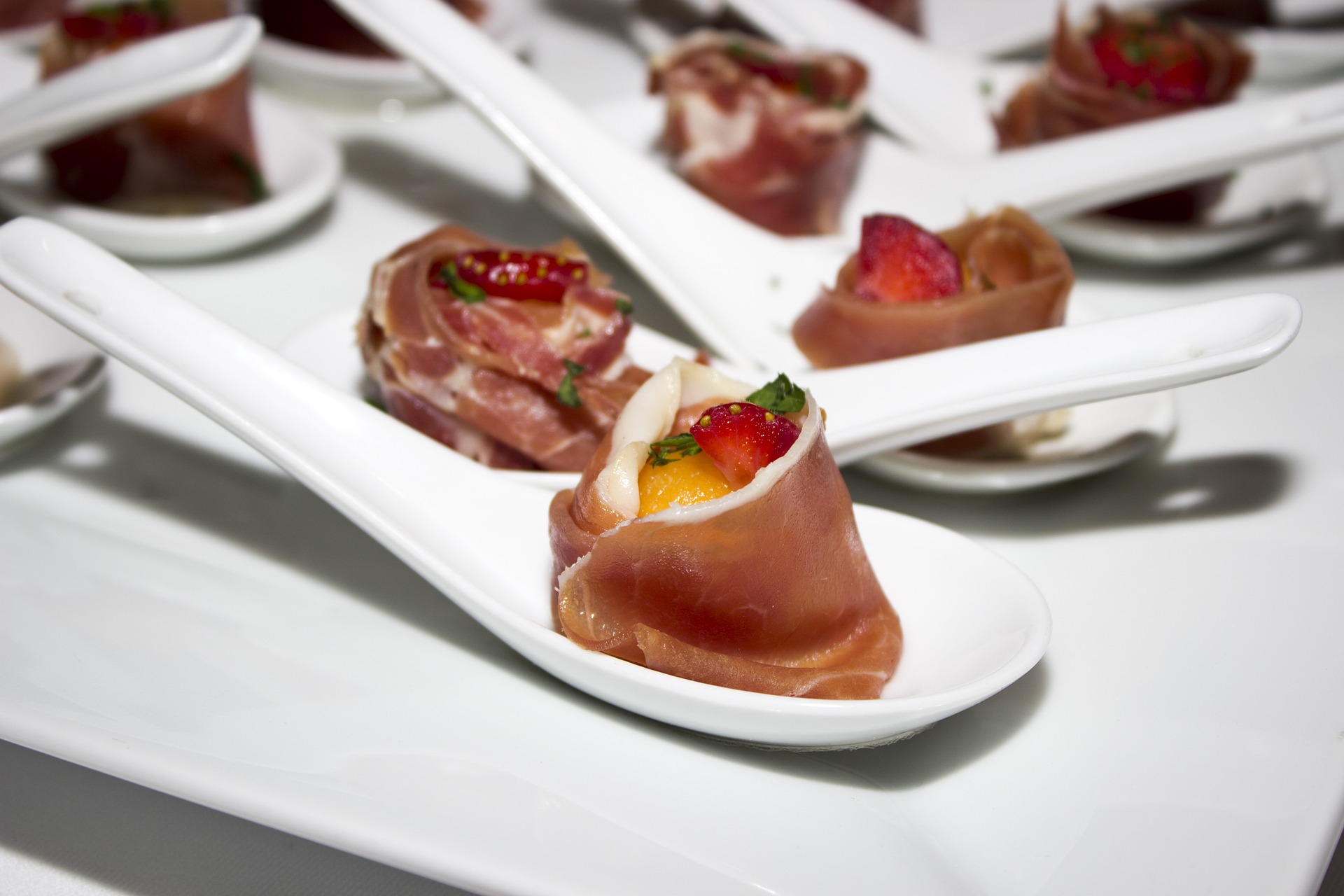
A few slices as tapas with a
caña
As an appetizer at a party or simply as a snack: almost no one says no to jamón or
jamón serrano
or
jamón iberico
. This is also evidenced by their ubiquity in bars or hanging over counters. Spaniards claim that their love of ham
is the reason they live so long - only Japanese pull it off longer. Could well be: a study found that Iberian ham improves cardiovascular health.


 A meal, especially in company, begins with an aperitif and ends with a
chupito
, a shot as a digestif. For lunch, that aperitif can be a glass of sweet vermouth, a sherry or a cold lager. With a snack to go with it, some green olives or toasted almonds, it's the perfect time to catch up.
Even on a workday, alcohol at lunch is socially accepted. No cat looks surprised if you resist two glasses of wine or a
caña
, a small pint, opposed with dinner. A cocktail regularly follows dinner. Alcohol is part of the lifestyle. Spaniards like to drink, but rarely booze. The social aspect always takes precedence over alcohol consumption.
Maybe it has to do with the fact that Spain produces so much delicious stuff. Think full-bodied reds or crisp and fruity whites, cava that rivals champagne and lager that pours in smoothly on a hot day. Speaking of which, here it's okay to pour Coca Cola or Sprite with red wine. This is how you obtain Calimocho or Tinto de Verano. After all, eating like a local in Spain also means going on a journey of discovery, with an open mind and receptive taste buds.
A meal, especially in company, begins with an aperitif and ends with a
chupito
, a shot as a digestif. For lunch, that aperitif can be a glass of sweet vermouth, a sherry or a cold lager. With a snack to go with it, some green olives or toasted almonds, it's the perfect time to catch up.
Even on a workday, alcohol at lunch is socially accepted. No cat looks surprised if you resist two glasses of wine or a
caña
, a small pint, opposed with dinner. A cocktail regularly follows dinner. Alcohol is part of the lifestyle. Spaniards like to drink, but rarely booze. The social aspect always takes precedence over alcohol consumption.
Maybe it has to do with the fact that Spain produces so much delicious stuff. Think full-bodied reds or crisp and fruity whites, cava that rivals champagne and lager that pours in smoothly on a hot day. Speaking of which, here it's okay to pour Coca Cola or Sprite with red wine. This is how you obtain Calimocho or Tinto de Verano. After all, eating like a local in Spain also means going on a journey of discovery, with an open mind and receptive taste buds.
 Spain has 260,000 bars and cafes, one for every 175 people. A lot of those bars serve a free snack with a drink, a
tapa
. Reportedly, this tradition came about when customers were tired of flies always ending up in their wine or beer. So the patron gave them hunks of bread with goodies on them so they could cover their glasses with them. The Spanish word "tapa" literally means lid.
Not all bars give free tapas, but a number of them keep the generous tradition alive. Sometimes there is only a jar of chips or some olives to pick up, but in other places you will be served almost a whole meal. Calamari, Manchego cheese, a piece of meat or fish: it's all possible.
A survey found that these are the five favorite tapas of Spaniards:
Spain has 260,000 bars and cafes, one for every 175 people. A lot of those bars serve a free snack with a drink, a
tapa
. Reportedly, this tradition came about when customers were tired of flies always ending up in their wine or beer. So the patron gave them hunks of bread with goodies on them so they could cover their glasses with them. The Spanish word "tapa" literally means lid.
Not all bars give free tapas, but a number of them keep the generous tradition alive. Sometimes there is only a jar of chips or some olives to pick up, but in other places you will be served almost a whole meal. Calamari, Manchego cheese, a piece of meat or fish: it's all possible.
A survey found that these are the five favorite tapas of Spaniards:
 In times of corona, it feels like swearing in church, but hopefully there will soon come a time when this tip becomes relevant again. The best tapas bars are the ones that are filled to the brim, with the condensation on the windows. Elbow your way in, claim a spot of a handkerchief size at the counter and enjoy all the goodies coming your way. Upright, as it should be in a tapas bar.
In this kind of traditional cafe, you throw all the trash on the ground. Kernels from olives, shrimp heads, it all ends up under the stool at the counter. After you've wolfed down a piece of tortilla or some shrimp, you wipe your mouth and toss the napkin on the floor. Don't be ashamed, it's normal. Just look below you, the ground is littered with napkins.
In times of corona, it feels like swearing in church, but hopefully there will soon come a time when this tip becomes relevant again. The best tapas bars are the ones that are filled to the brim, with the condensation on the windows. Elbow your way in, claim a spot of a handkerchief size at the counter and enjoy all the goodies coming your way. Upright, as it should be in a tapas bar.
In this kind of traditional cafe, you throw all the trash on the ground. Kernels from olives, shrimp heads, it all ends up under the stool at the counter. After you've wolfed down a piece of tortilla or some shrimp, you wipe your mouth and toss the napkin on the floor. Don't be ashamed, it's normal. Just look below you, the ground is littered with napkins.
 On the Spanish south coasts, be sure to try the
chiringuitos
. In these beach bars you can have chilled drinks or seafood all year round - but especially in summer. Some focus more explicitly on tourists. It definitely pays to check out where the locals are going.
On the Spanish south coasts, be sure to try the
chiringuitos
. In these beach bars you can have chilled drinks or seafood all year round - but especially in summer. Some focus more explicitly on tourists. It definitely pays to check out where the locals are going.
 A few slices as tapas with a
caña
As an appetizer at a party or simply as a snack: almost no one says no to jamón or
jamón serrano
or
jamón iberico
. This is also evidenced by their ubiquity in bars or hanging over counters. Spaniards claim that their love of ham is the reason they live so long - only Japanese pull it off longer. Could well be: a study found that Iberian ham improves cardiovascular health.
A few slices as tapas with a
caña
As an appetizer at a party or simply as a snack: almost no one says no to jamón or
jamón serrano
or
jamón iberico
. This is also evidenced by their ubiquity in bars or hanging over counters. Spaniards claim that their love of ham is the reason they live so long - only Japanese pull it off longer. Could well be: a study found that Iberian ham improves cardiovascular health.









